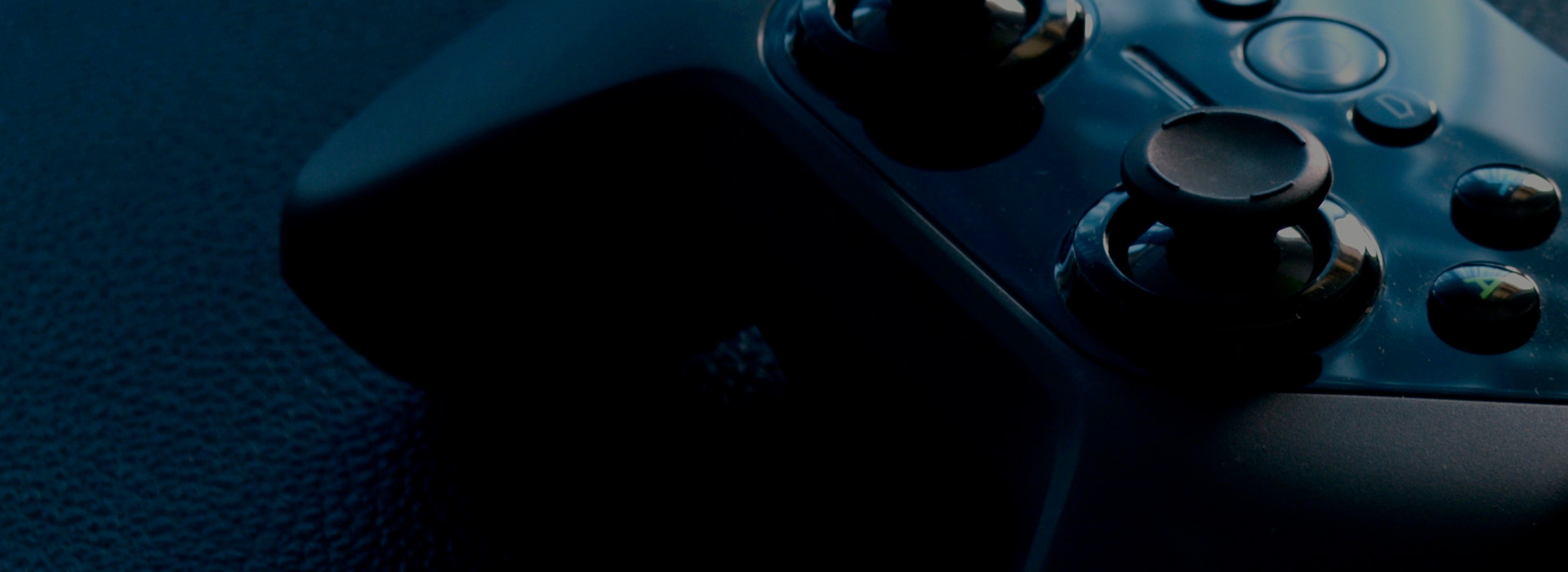While the PlayStation 4 may be receiving a lot of indie loving as of late, the Vita and PS3 aren’t waiting for the next generation to deliver a catalog of quality indie games. First released on the PC nearly two years ago, Lone Survivor is finally making its console debut on both of Sony’s machines with this new Director’s Cut version. We invite you to take a peek at our review and the included videos to help decide whether or not it’s worth diving into this 2D spiral into madness.
Note: Kudos to dark10x for the translation. :)

The pitch is simple and classic for fans of the survival horror genre; as the last survivor of a terrible epidemic, which has turned the population in bloodthirsty abominations, the main character must struggle to survive while fighting his own slow loss of sanity. Loneliness, stress, and hunger are your companions along with strange visions including Box head, a bizarre young woman, the man with the pale face, and other strange voices. What’s real or not is up to the player to decide and choosing to speak with these denizens can have a real impact on your character's sanity. Of course, there’s also the corporeal creatures to deal with which, due to the lack of supplies, can often place the player in a position of weakness; a key for any good survival horror. Aside from item management, the player is also tasked with taking care of the main character through regular sleeping (which doubles as a save feature) and feeding. You’ll have to comb every pixel of the environment searching for valuables some of which requires special items to consume (a can opener for canned food, a gas stove for cooking, and water for coffee, for instance).
Despite the 2D pixel art scenery, exploration plays a major role in the gameplay of Lone Survivor which becomes increasingly more frightening when you never known who or what you might run into on each expedition. With death resulting in a trip to the title screen and only an option to continue from the most recent save, you’ll find yourself returning to the apartment fairly often to rest. While a pistol can be used to defend yourself the nameless hero will need to save his bullets whenever possible thanks to a lack of supply. Alternately, you can also use pieces of rotten meat to lure monsters away or even blind them with a flare. The game has a steep learning curve and isn’t quick to reward the unwary so keeping a close eye on the game's map becomes a must. Fortunately, the necessary backtracking to your apartment is facilitated by the presence of magic mirrors which can quickly return you home without risking your life. Furthermore, these are two way mirrors which allow you to pick up from where you left off when leaving your apartment. You’ll also unlock additional shortcuts as the story progresses which make it easier to return without hunting down another mirror.
Silent Pill
As a fervent admirer of the Silent Hill series and the wonderful soundtrack by Akira Yamaoka, Jasper Byrne definitely managed a faithful tribute to Konami’s horror series with Lone Survivor (Box head anyone?). Of course, this is hardly surprising considering that he was responsible for an unofficial remake of Silent Hill 2 entirely in 2D unapologetically entitled “Soundless Mountain 2”. The flashlight used to attract monsters (actually requiring batteries in Lone Survivor), the crackling radio, and even the interface sounds all feel true to the Silent Hill series. It’s impossible not to recall Silent Hill 4 in its use of the apartment to inspire a sense of calm between the nightmares. Psychology and the psychosis of the main character are the two primary narrative vectors on which Silent Hill and Lone Survivor are built. Of course, that’s not to suggest that Lone Survivor hinges entirely on lifting ideas from Silent Hill; the inclusion of hunger and fatigue management, for instance, are also joined by the inclusion of mysterious pills which are regularly replenished in the apartment bathroom. These pills, or drugs basically, can have varying effects on the player including reducing the need to sleep or inducing dreams which eventually begin to take their toll on the main character. Despite its retro aesthetic there has been a lot of care taken in building the atmosphere and scenario which can be further explored through multiple endings including new content added to this Director’s Cut.
Sound design has always been a strong point of Silent Hill and it has clearly influenced Jasper Byrne here with the excellent audio soundscape he has crafted for Lone Survivor. Managing to perfectly accentuate the loneliness, tension, horror and overall strangeness of the world, the audio work here is nothing less than extraordinary. While the visuals are faithful the 8 and 16-bit era of games, the sound effects and music are processed in a much more modern style not unlike Hotline Miami. The sound design performs a lot of the heavy lifting when it comes to atmosphere, in fact, demonstrating that relatively simplistic visuals are more than adequate for this type of experience - not unlike the original Silent Hill on PlayStation 1. While pixel art may not be everyone’s cup of tea, especially on PS3 where the pixels appear particularly massive, one cannot help but deny the talent with which Jasper Byrne was able to give life to this universe while leaving the player to fill in the gaps with their own imagination. As you’d expect, the game is best experienced in the dark with a pair of great headphones though there’s nothing preventing you from trying the Vita version in the middle of a forest at night. Thrills guaranteed.
Verdict
All comments (2)
Commented on 2013-09-24 22:54:11
Commented on 2013-09-24 23:20:13 In reply to KORNdog